Are you an aspiring bodybuilder or someone who recently developed an interest in watching the artistic sport? If yes, you must know about the mandatory and optional bodybuilding poses. In this post, we’ll explain the top 10 bodybuilding poses that everyone should know about and a simple tutorial to perform them.

Perfect posing is one of the key skills among the best bodybuilders in the world. Alongside size, proportion, and symmetry, posing is as crucial as any other factor for judging a bodybuilding competition. These 10 bodybuilding poses are among the most popular and the most preferred ones by everyone.
Top 10 Bodybuilding Poses:
There are two types of poses in bodybuilding- Mandatory and Optional. When a bodybuilder is present on a stage, they must perform the eight mandatory poses. They can also perform the optional ones to showcase the muscular highlights or veil their shortcomings if there are any.
A good posing routine is crucial for any bodybuilder as it allows them to display each area of their body with the right contraction. As the great Kai Greene says, “Bodybuilding is an art, your body is the canvas, weights are your brush, and nutrition is your paint. We all have the ability to turn a self-portrait into a masterpiece.”
Posing is the way to present your masterpiece once you have created it with months and years of hard work. So, here are the top 10 bodybuilding poses that will help you showcase your art in the most mesmerizing way.
Note: Asterisk (*) indicates that the pose is mandatory and a competitor must do it to showcase their entire physique appropriately to the judges.
1. Quarter Turns:
Bodybuilders usually begin their showcase with Quarter Turns to the left, right, back, and front to present their physique from different angles for the judges and the audience. They are not exactly a pose but work as a precursor for the rest of the positions in which a contestant displays his muscles.
The Quarter Turns consist of a series of 4 poses:
- Front Relaxed Pose
- Rear Relaxed Pose
- Side Pose Left
- Side Pose Right
The bodybuilder starts doing the series of these poses as soon as the spotlight is put on him or her. Despite not being a mandatory pose, Quarter Turns are a mainstay in any bodybuilding competition.
Inspired By: Danny Padilla
2. Front Double Biceps*:
The Front Double Biceps is the first mandatory bodybuilding pose. In this pose, the bodybuilding stands with their legs shoulder-width apart and then raises their arms to flex the biceps. It allows the judges to evaluate the complete front musculature from top to bottom.
Your X-Frame (broad shoulders and sweeping quads) is entirely visible during this pose. The elbows should be kept high and the lats are required to be driven out and forward to create the visible “X” shape. When performed correctly, this pose will also display the bodybuilder’s arms, abs, and thighs.
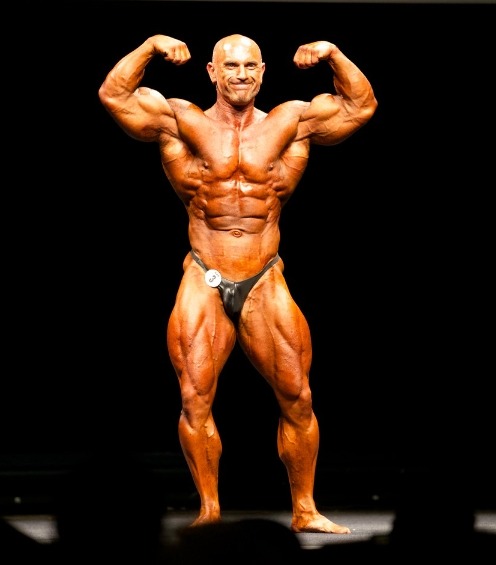
The competitor even lifts the chest a bit upward and outward before spreading the lats to make the torso appear like a hungry cobra with its hood flared.
Inspired By: Brian Buchanan and Cory Everson
3. Rear Double Biceps*:
Rear Double Biceps, also known as the Back Double Biceps pose, is the next mandatory movement. To perform this pose, you have to flex the biceps and the back muscles with the arms out to the sides. You shouldn’t pinch your shoulder blades together but keep them open to let your lats appear wider.
You should also lean your torso back slightly toward the judges and the audience and always keep your elbows slightly higher than the shoulders to make the V-taper prominent. Moreover, you can place one foot backward on the ball of the foot to contract the calf, and can also contact the Hamstrings and glutes to reveal clear separation and definition in the muscle groups.
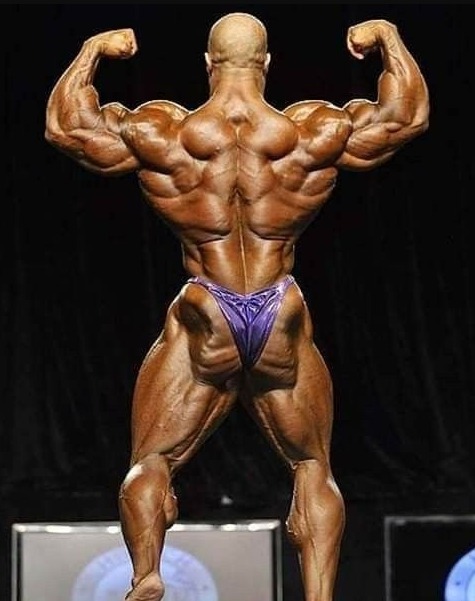
However, if you aren’t doing it right, you may look narrower and less defined due to squeezing the shoulder blades together. It is one of the most crucial poses to earn points for the back musculature.
Inspired By: Ronnie Coleman and Lenda Murray
4. Front Lat Spread*:
The Front Lat spread highlights your back width, shoulder width, and the entire torso taper. To perform this pose, you have to keep your feet shoulder-width apart, contract your thighs, and turn your toes at an angle. After that, place your hand on the hips with palms down and flare the lats outward.
Keep your abdominal muscles relaxed and lean back slightly to open your back. This creates an illusion of a wider shoulder girdle and a slimmer waist. Usually, this pose is not mandatory in women’s competitions.
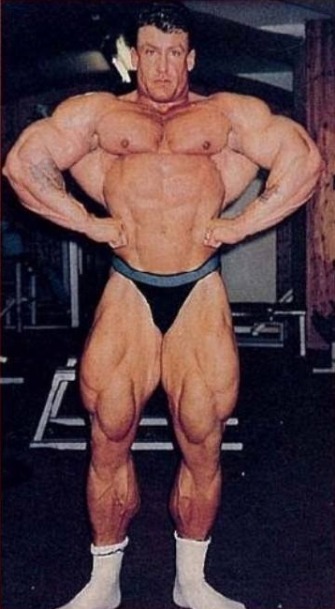
Inspired By: Lee Haney and Dorian Yates
5. Rear Lat Spread*:
The Rear Lat Spread is almost identical to the Front Lat Spread but the bodybuilder’s back is facing the judges instead of the frontal musculature. You have to perform the same functions as you while performing the Front Lat Spread just with your back turned toward the judges.
Another key difference is that you have to round the spine back slightly to enhance the appearance of the size from the back instead of lifting your chest high and forward.
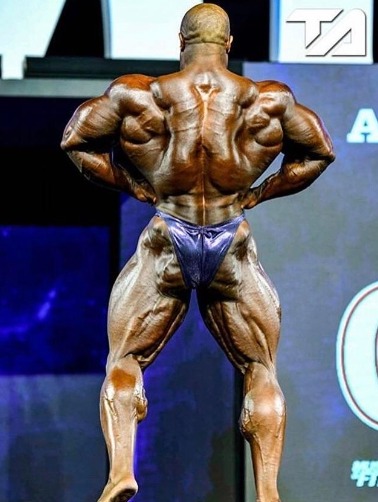
This bodybuilding pose highlights the back width and thickness, and the entire shape and taper of a competitor’s torso. You can also use it to display your triceps, hamstrings, and calf gains from the back.
Inspired By: Franco Columbu
6. Side Chest*:
The Side Chest pose allows you to highlight your chest, thick arms, the entire hamstring, and quad musculature from a side angle. It’s performed first on the right side and then on the left. First, you have to plant your right foot with both knees slightly bent and bring both legs together while squeezing your hamstrings and quads.
Now spike your audience-facing foot a bit upward to flex the calves too. After that, turn to one side, point your downstage foot to highlight the calf, and grab the wrist of the arm facing the judges. Finally, push your chest upward and out to flex the biceps of the downstage arm. Once done, do the pose for the other side.
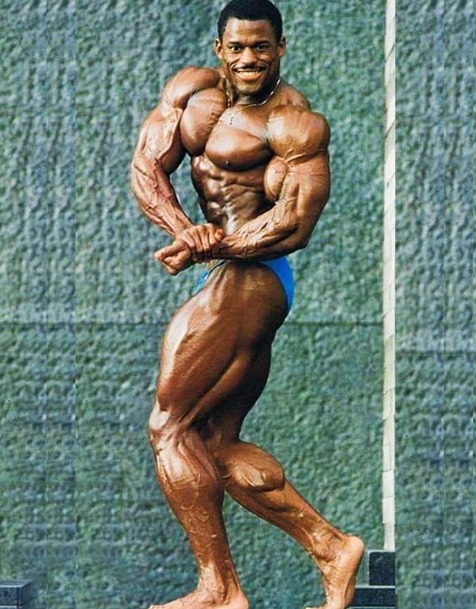
This pose allows judges to analyze a competitor’s thickness as it displays the entire mass at once. Bodybuilders often use this pose to highlight the details in the sides of their waist too.
Inspired By: Arnold Schwarzenegger
7. Side Triceps*:
The Side Triceps pose is very similar to the Side Chest but the focus shifts to the triceps muscle. To perform it, keep your legs in the same position as the previous one and then straighten your downstage arm. Take your opposite arm behind the back and hold the wrist of your downstage arm.
Finally, flex your triceps by squeezing your arm against your flank to make it look bigger and contract the muscles on the side of the torso to highlight the definition in your waist and obliques as well. Make sure your abs are flexed and controlled as your arms won’t block them.
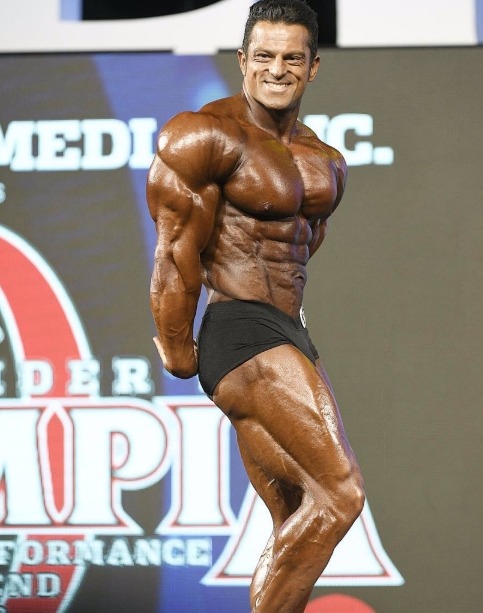
This is one of the best poses for bigger bodybuilders as it allows them to highlight their mass, symmetry, lines, and definition at once.
Inspired By: Bob Paris and Alina Popa
8. Abdominal and Thighs*:
The Abdominal and Thighs (also called Abs & Thighs) pose highlights the bodybuilder’s V-taper and allows the judges to visualize conditioning properly. To perform this pose, you have to stand straight facing the audience with your legs and calves flexed. After that, raise your arms up, clasp the hands together, and put them at the back of your head.
You also have to extend and flex the quads on one leg and contract your abs fully to showcase the six-pack muscles. Seasoned contestants can also contract the pecs to add more details. This pose allows you to highlight your shredded core and thighs.
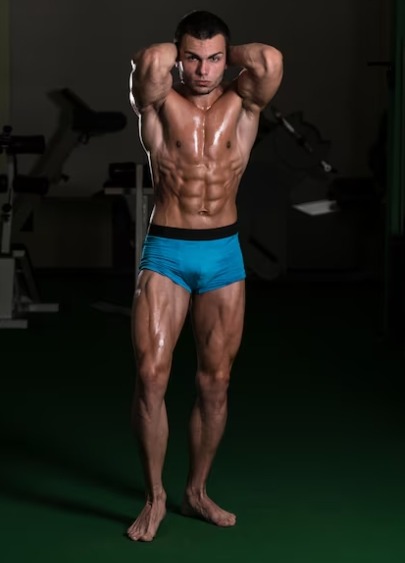
Inspired By: Berry DeMey
9. Most Muscular*:
The Most Muscular is the ultimate mandatory pose and provides you an opportunity to showcase your entire musculature at once. To perform it, you have to stand straight with all your muscles flexed and bring your arms together to form twin arcs. Make sure your chest and biceps are fully contracted.
You can also keep your chest slightly upward and shoulders broad to make your posture more upright. Most competitors also use this pose to display their veins, traps, and neck muscles. Since it is not an officially recognized pose by every major organization, contestants can perform it according to their choice.
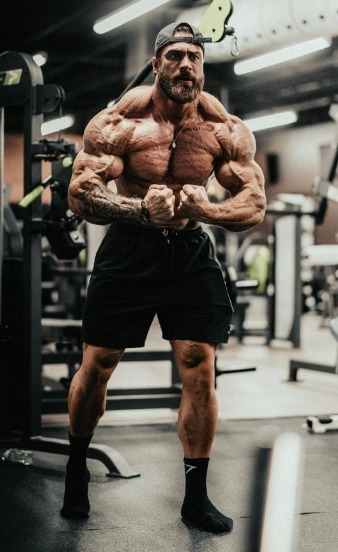
Inspired By: Lou Ferrigno and Shawn Ray
10. Vacuum Pose:
The Vacuum Pose is a modified version of the Abs & Thighs pose but the bodybuilder has to remove all the air from their diaphragm and suck in the abdominal wall. This creates a hollow stomach appearance and highlights a wide range of muscles. It is only mandatory for competitors in the Classic Physique division.
You can use this pose to display your lats, serratus, and hip flexors while also highlighting the level of body control that is hard to achieve. It was one of the most significant poses during the 1970s and 80s when more competitors focused on enhancing their shoulder-to-waist ratio.
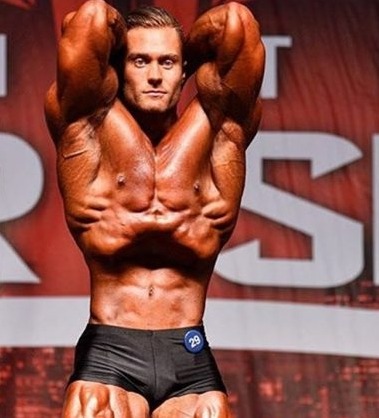
Inspired By: Frank Zane
Bonus Poses:
Here are some more bodybuilding poses that you may spot during a competition:
Moon Pose: Popularized by legends like Tom Platz, the Moon Pose (also called the Hamstrings Moon Pose) allows you to showcase your legs on the stage. However, it’s prohibited by most organizations due to its vulgar or lewd nature.

Quad Stomp: The Quad Stomp pose is one of the most iconic bodybuilding poses and tells the story of Jay Cutler’s redemption after losing in 2008 and then reclaiming the title with this pose the following year.
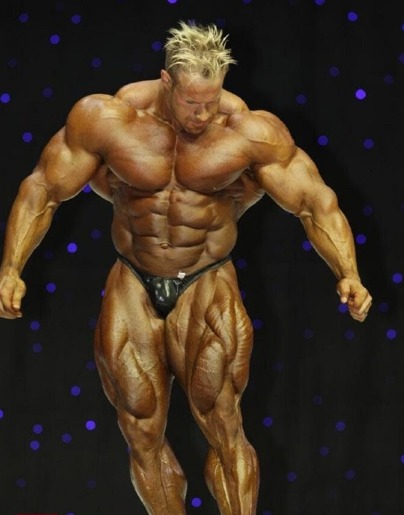
The Christmas Tree: It is a modification of the Rear Lat Spread but you have to flex your lats to bring focus on the lower back. It involves more hip activation instead of chest activation.
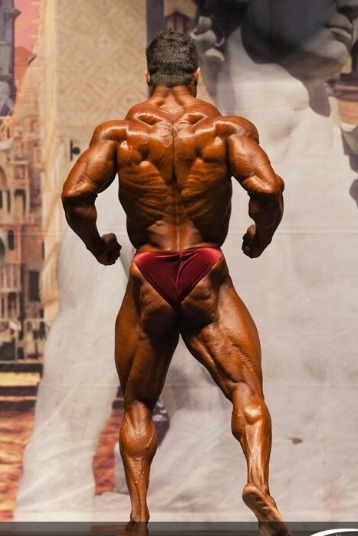
The Kneel: The bodybuilder leans sideways in this post to showcase the majority of their musculature.
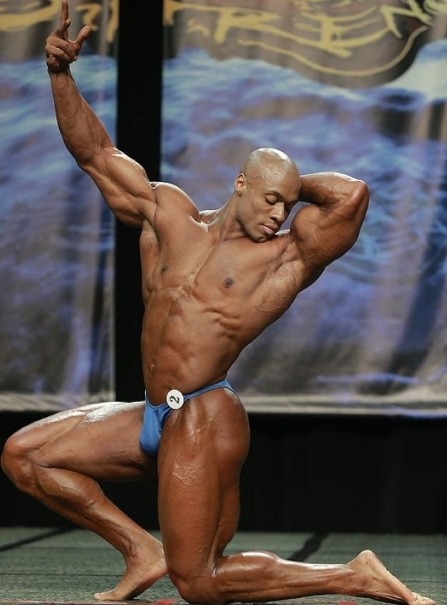
Perseus Pose: Popularized by icons like Mike Mentzer, it’s one of the most artistic bodybuilding poses.
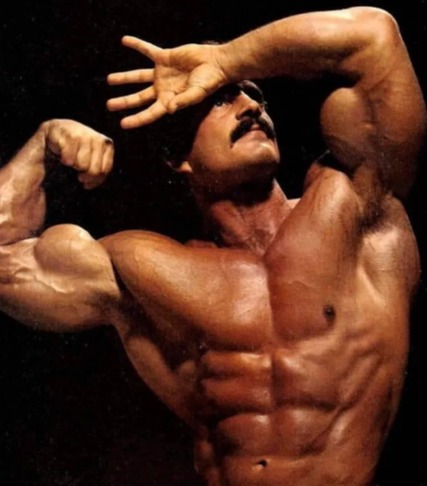
Final Take:
These are the top 10 bodybuilding poses that you must know about. If you’re an aspiring bodybuilder, a newfound fan of the sport, or someone curious to learn, the information shared above will work for you. Here is a quick recap of the poses mentioned above for someone who just wants to know the names:
- Quarter Turns
- Front Double Biceps
- Rear Double Biceps
- Front Lat Spread
- Rear Lat Spread
- Side Chest
- Side Triceps
- Abdominal and Thighs
- Most Muscular
- Vacuum Pose
Bonus Poses:
- Moon Pose
- Quad Stomp
- The Christmas Tree
- The Kneel
- Perseus Pose
That’s all for this post. If you have any doubts or queries regarding anything, feel free to visit the comments.
Frequently Asked Questions:
Here are the most frequently asked questions about bodybuilding poses:
What are the eight mandatory bodybuilding poses?:
The eight mandatory bodybuilding poses are Front Double Biceps, Rear Double Biceps, Front Lat Spread, Rear Lat Spread, Side Chest, Side Triceps, Abdominal and Thighs, and Most Muscular. You will find these poses in almost every bodybuilding competition.
What is the best bodybuilding pose for beginners?:
The Front Double Biceps pose is often termed the best pose to do for beginners as it’s easy to perform and allows you to highlight your whole front musculature at once. The judges can analyze you from top to bottom, including your X-Frame. Make sure to keep all your muscles flexed while doing it.
What is the hardest bodybuilding pose?:
The Vacuum Pose, which is a modified version of the Abs & Thighs pose, is considered one of the hardest bodybuilding poses to perform. It requires the competitors to create a hollow stomach appearance which is not possible without a high level of body control. That’s why it is only mandatory in the Classic Physique competitions.
What is the prohibited bodybuilding pose?:
The infamous Hamstrings Moon Pose is banned by the National Physique Committee (NPC), the IFBB Pro League, and many other bodybuilding federations as it is considered lewd or vulgar. Bodybuilding icons like Tom Platz popularized the Moon Pose with their spectacular legs.
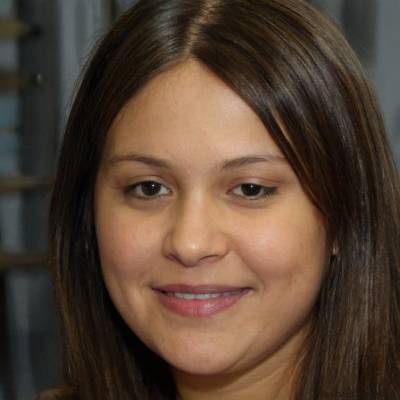
Santhan, known to many as Linda, combines her personal training expertise with exceptional motivational coaching skills. Her articles are not just informative but also incredibly inspiring, encouraging readers to take action and pursue their fitness goals. Linda’s unique approach to writing integrates practical fitness guidance with motivational elements, making her content both useful and uplifting.
